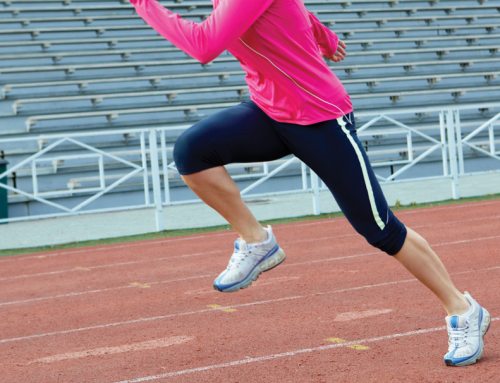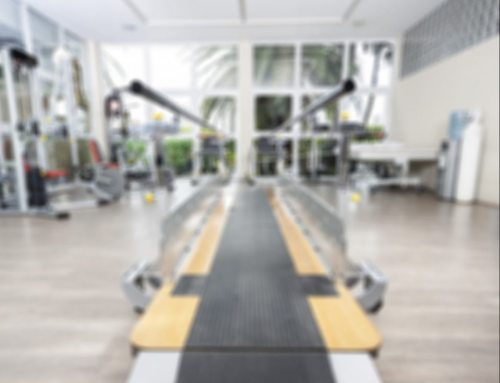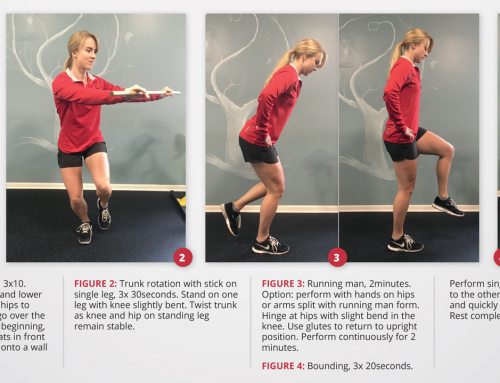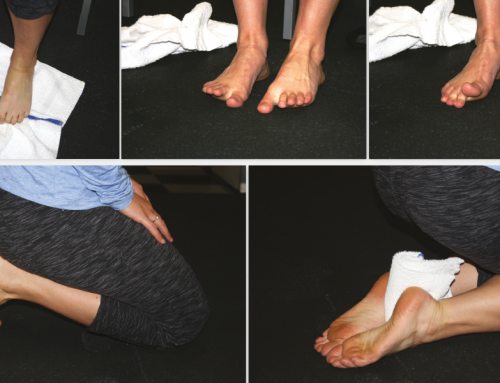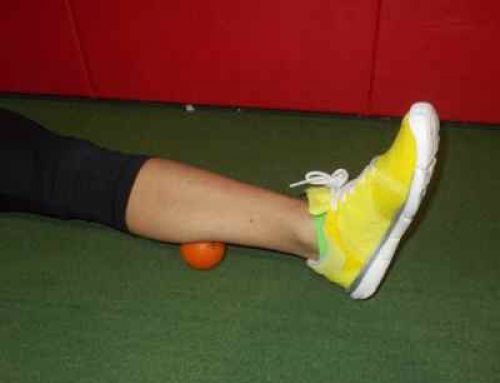
Treat Scar Tissue from Prior Injuries
By Elizabeth Fortener
Training for a triathlon takes a lot of time and planning. Finding time to devote equal attention to cycling, running, and swimming is difficult. All of this training places a lot of strain on the leg muscles even though cycling and swimming are non weight bearing forms of exercise. If you are like most triathletes, you have your entire training schedule planned out without much room for additional activities. Throwing an injury into the mix could contribute to a setback resulting in a missed race, poor performance, or a more serious injury.
Most people don’t think about trying to prevent an injury until it is too late; but by the time symptoms are felt, bio-mechanical changes and compensations have been going on for awhile. Whether you currently have an injury or not, with the amount of training it takes to prepare for a triathlon, micro trauma is going to occur. This is the natural process of muscular breakdown and repair. When the strain on the structure (muscle, tendon, ligament) is greater than the rest given to allow the repair to happen, scar tissue is laid down.
Scar tissue, when laid down, forms in a haphazard manner. Normal, healthy tissue aligns parallel fibers, which allows proper movement between structures. The haphazard manner that scar tissue forms in creates a “stickiness” between the tissues and doesn’t allow proper mobility between or within a muscle/tendon/ligament.
So what can you do about all of this “stickiness” after it occurs, and stretching alone doesn’t do the trick? The Graston Technique® is one possible form of treatment/maintenance. The Graston Technique® is a form of Instrument Assisted Soft Tissue Mobilization (IASTM). It is composed of 6 stainless steel instruments with convex and concave surfaces to match up to the many different angles of the body. The use of these instruments over the treatment area amplifies any adhesions by giving the feeling of “grittiness” or “gravel”. When finding these spots, they can be treated to breakdown the haphazard formation of the collagen to promote proper healing and laying down parallel fibers.
Treatment times vary depending upon location but can range between 15-30 minutes, making sure to treat all supporting/related areas along with symptomatic areas. In using the instruments on a “gritty” area, the purpose is to introduce controlled damage to breakdown the poor collagen formation, bring inflammatory properties in which will promote proper healing, and then complement with stretching to demonstrate the direction you want the new tissues to form.
Case studies have shown various injuries improving between 80-100% within 8-10 sessions. The sooner you seek treatment, the faster recovery can occur and the less time (or no time) you will miss training.
It is important to note that Graston Technique® alone is not enough. It is still important to warm up and stretch before exercise and cool down and stretch (including use of foam rollers, the stick, etc) after exercise. Strengthening is also essential to maintain the body’s ability to survive the intense cycling, running, and swimming while training for a triathlon.
# # #
Elizabeth Fortener is a Sports Physical Therapist at the Athletic Performance Center in Raleigh. She is a Graston Technique® provider. For more information on the Graston Technique® or the APC visit www.grastontechnique.com and www.apcraleigh.com.


